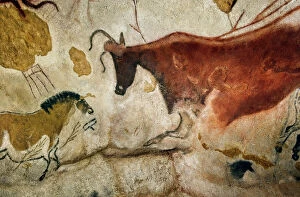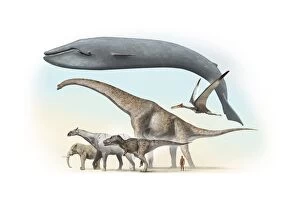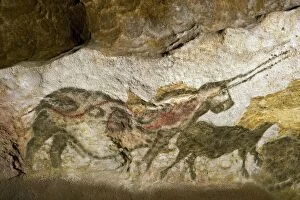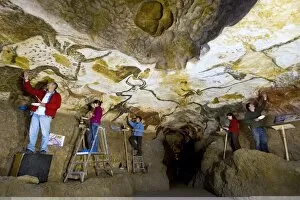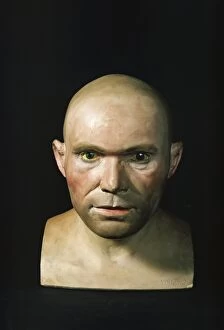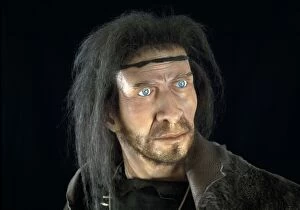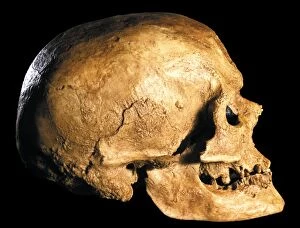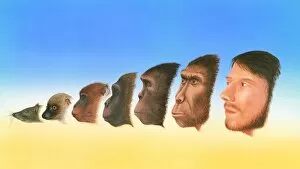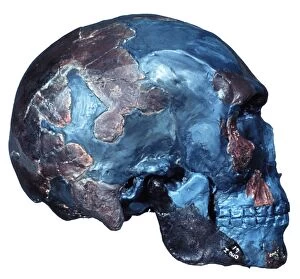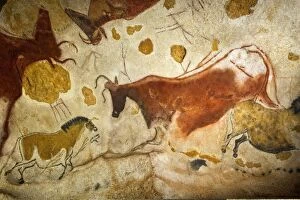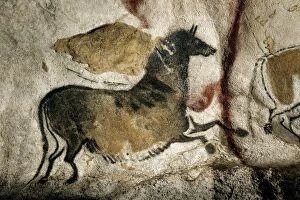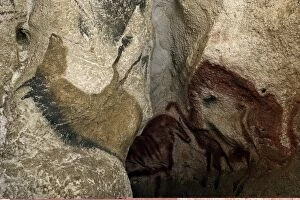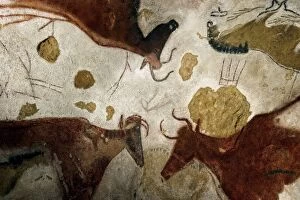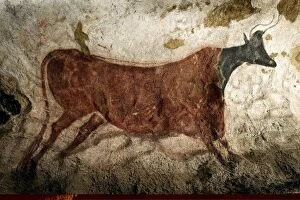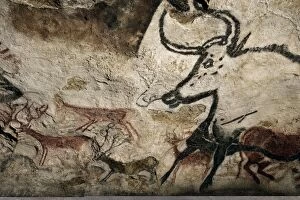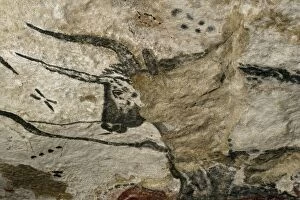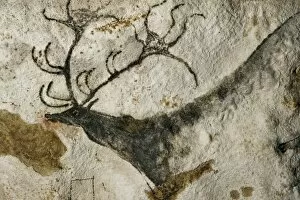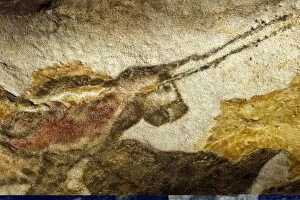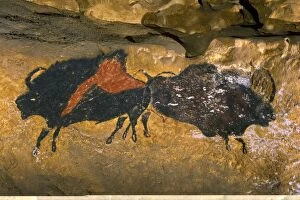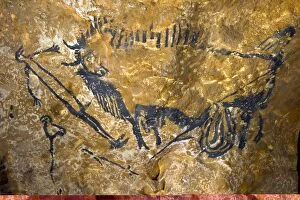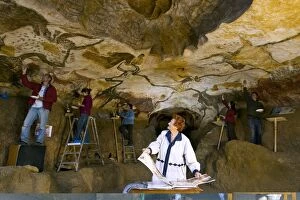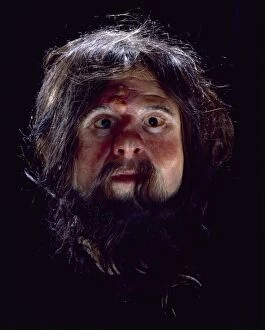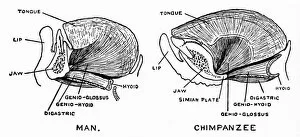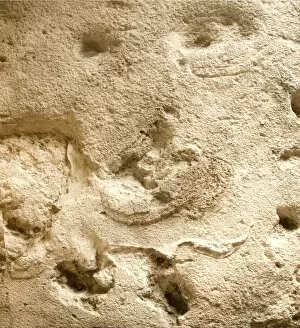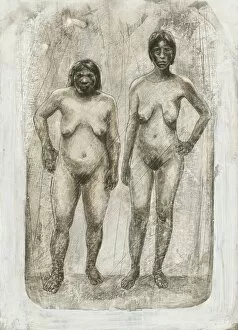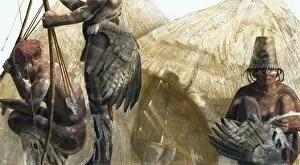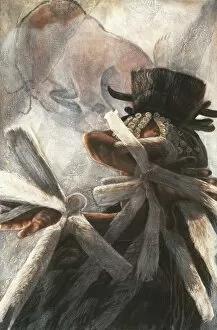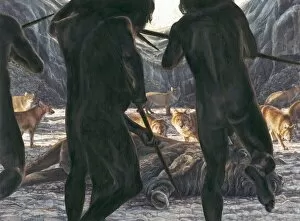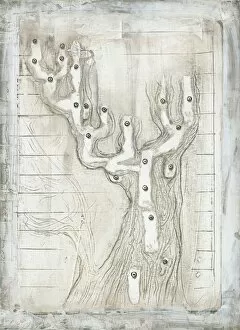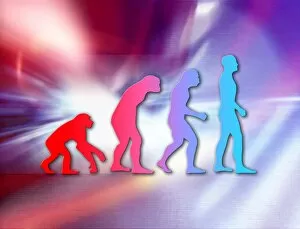Modern Human Collection
"Unveiling the Modern Human
For sale as Licensed Images
Choose your image, Select your licence and Download the media
"Unveiling the Modern Human: Tracing Our Evolutionary Journey through Art and Science" Step into the mesmerizing world of our ancient ancestors as we explore the captivating story of modern humans. Witness the remarkable Lascaux II cave painting replica, C013/7378, which transports us back to a time when art was born from human creativity. Intriguingly, these prehistoric masterpieces offer a glimpse into our ancestors' lives. The largest animals size comparison depicted in these paintings reveals their awe-inspiring encounters with majestic creatures that once roamed the Earth. Delving deeper into history, witness the meticulous process of restoring Lascaux cave paintings replica. This painstaking endeavor allows us to appreciate not only their artistic brilliance but also their cultural significance for generations to come. Meet Cro-Magnon man, brought back to life through a reconstructed head (C013/6464) and an intriguing skull. These relics provide invaluable insights into our physical evolution and shed light on how our species has evolved over millennia. Humanity's journey is further illuminated by artwork depicting human evolution itself. Marvel at this visual representation of progress and transformation throughout time. Behold Omo 1 (C016/5937), a prehistoric human skull that serves as a tangible link between past and present. It reminds us of our shared ancestry and highlights the resilience that has allowed modern humans to thrive amidst countless challenges. Returning to Lascaux II cave painting replicas (C013/7386, C013/7384, C013/7385), we are transported once again to an era where storytelling took shape on rock walls—where every brushstroke carried meaning beyond words could express. As we stand before these artifacts, let us reflect upon what it means to be a modern human—a testament to adaptability, innovation, and boundless imagination. In this convergence of artistry and science lies an eternal reminder of our extraordinary journey from the depths of prehistory to the present day.

